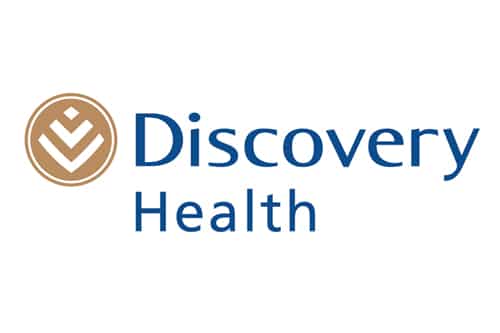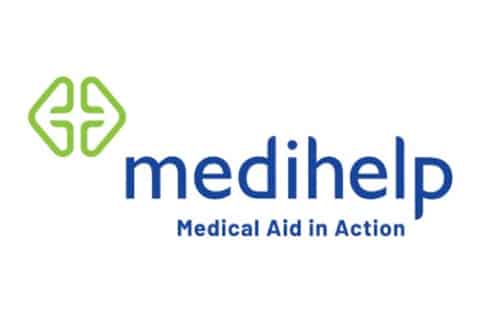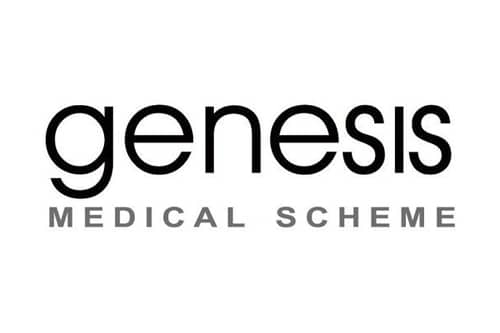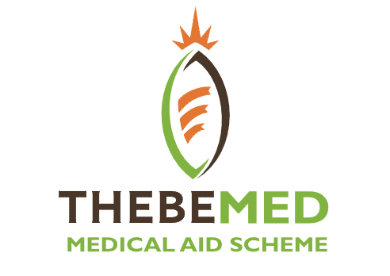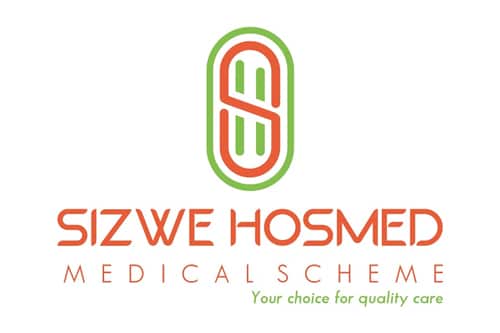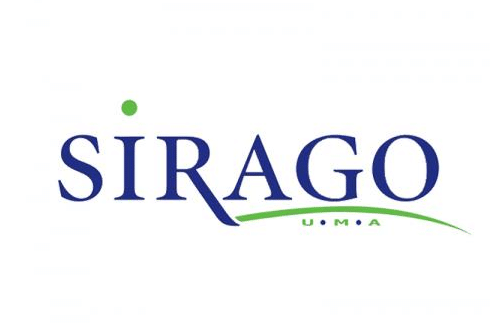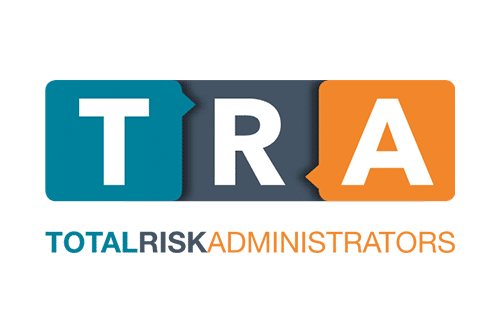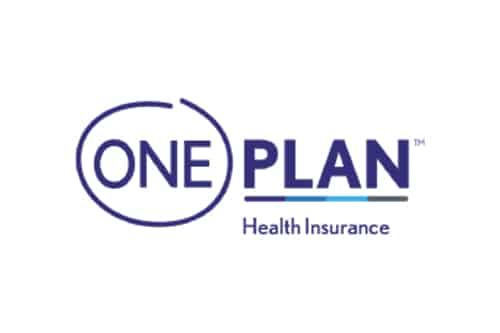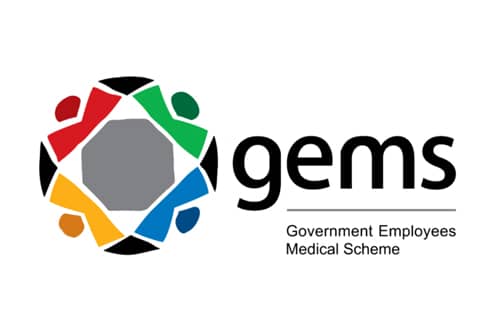
What is Cancer Cover?
What are cancer cover in South Africa revealed.
We verified what cancer cover is in medical aids and hospital plans.
This is a complete guide on what cancer cover is in South Africa.
In this in-depth guide you’ll learn:
- What is the meaning of cancer cover?
- What is cancer cover extender Discovery?
- What happens when your cancer cover is depleted?
- What can you use cancer cover for?
- Does cancer cover apply with any medical aid?
So if you’re ready to go “all in” with cancer cover in South Africa, this guide is for you.
Let’s dive right in…
Overview

👉 Cancer is one of the main causes of death in South Africa, and it is expected to become even more common – the medical magazine Lancet expects a 78% increase in cancer cases by 2030.
👉 The most frequent malignancies are prostate, breast, lung, and cervical. Although treatment for many types of cancer has a high success rate, it is prohibitively expensive.
👉 Despite the disease’s prevalence and the high expense of cancer treatment, medical aid schemes in South Africa do not automatically cover treatment costs.
👉 In this article, we take a closer look at cancer treatment and learn more about cancer cover.
Understanding cancer in South Africa today
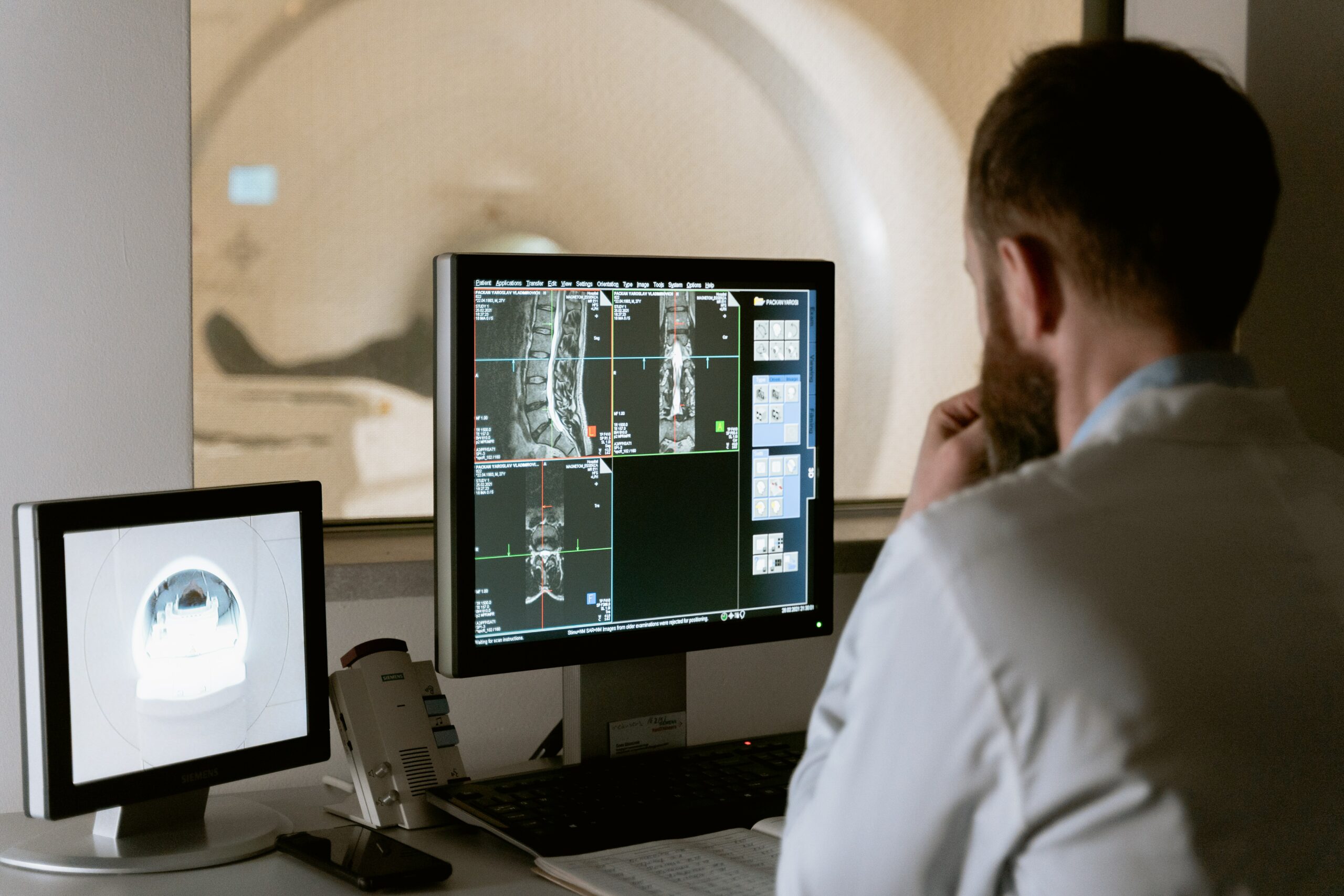
👉 Cancer is a condition in which some cells in the body develop uncontrollably and spread to other parts of the body.
👉 Cancer can develop practically any place in the human body, which contains trillions of cells. Human cells normally develop and multiply (a process known as cell division) to generate new cells as the body requires them. Cells die as they become old or injured, and new cells replace them.
👉 When this ordered mechanism fails, aberrant or damaged cells grow and reproduce when they should not. These cells can combine to produce tumours, which are tissue masses. Tumours can be malignant or benign (not cancerous).
👉 Cancerous tumours infiltrate neighbouring tissues and can move to distant locations in the body to generate new tumours (a process known as metastasis). Cancerous tumours are also known as malignant tumours. Many cancers create solid tumours, while blood cancers, such as leukaemia, do not.
👉 As an NCD, cancer forms part of the quadruple disease burden faced by South Africa.6 It is also a leading cause of mortality in the country, accounting for 10% of national deaths.
👉 These high rates of cancer mortality can, in part, be explained by the inequities that exist in access to cancer prevention, screening, diagnosis and treatment that lead to poorer health outcomes.
👉 The most commonly diagnosed cancers in South African women are breast, cervical, basal cell carcinoma, squamous cell carcinoma and colorectal cancer, while the most commonly diagnosed cancers in men are prostate, basal cell carcinoma, squamous cell carcinoma, and colorectal and lung cancers.
👉 Medical Aid Schemes that cover cancer treatment in South Africa
A closer look at cancer treatment

👉 Modern science and screening tools ensure that today’s cancer therapies are increasingly successful, providing cancer patients with a much better chance of survival. How are the most common cancers in South African adults now being treated?
Prostate cancer
👉 Prostate cancer is the most frequent type of cancer in males and is defined as a malignant tumour that develops in the prostate gland.
👉 Because it grows slowly in general, it may not present symptoms or difficulties for many years. Because the decision to screen for prostate cancer is personal, the potential benefits and drawbacks of screening should be explored with a professional.
👉 When cancer is detected in its early stages (confined to the prostate gland), a variety of treatment options are available, depending on a number of factors, and may include watchful waiting or active surveillance, surgery, radiation therapy (including brachytherapy), hormone therapy, and chemotherapy.
Colorectal cancer
👉 Colorectal cancer (also known as colon cancer, bowel cancer, or rectal cancer) is a type of cancer that begins in the colon or rectum. Many persons with colorectal cancer have no symptoms, especially in the early stages. When they do appear, they will vary according to the location and size of the cancer.
👉 Colorectal cancer treatment commonly includes:
➡️ Colorectal cancer patients may require surgery.
➡️ Radiotherapy and chemotherapy may be suggested and, in some cases, administered concurrently.
➡️ Biological therapies could be included in the therapy regimen.
Lung cancer
👉 Lung cancer is characterised by uncontrollable cell proliferation in lung tissues. If left untreated, this tumour has the potential to spread to neighbouring tissue and, eventually, other sections of your body.
👉 The majority of malignancies that begin in the lungs, known as primary lung cancers, are epithelial cell carcinomas. persons who smoke are at a higher risk of acquiring lung cancer, but it can also occur in persons who have never smoked.
👉 Your medical team will make suggestions and provide advise on the best treatment options for you. These may include one or more of the following:
➡️ Surgery
➡️ Radiotherapy
➡️ Chemotherapy
➡️ Immunotherapy
Breast cancer
👉 Breast cancer is still the most common malignancy in South African women. Early-stage breast cancer treatment is quite successful, which is why it is critical to detect cancer as soon as possible.
👉 Screening mammograms often entail x-rays of each breast, allowing for the detection of tumours that you may not be able to feel and the diagnosis of breast cancer.
👉 The following are the primary treatments for breast cancer:
➡️ In many cases, reconstructive surgery is an option
➡️ Radiotherapy
➡️ Chemotherapy
➡️ Hormone therapy
➡️ Biological therapy
Cervical cancer
👉 Cervical cancer is a disorder in which cells in the cervix develop malignant (cancerous) characteristics. Cervical cancer is the third most frequent type of cancer in women worldwide, and the second most common in South Africa.
👉 Because of the use of Pap smears to detect the cells that produce this type of cancer when they are still in a pre-cancerous condition, it is less common in industrialised countries than in underdeveloped countries.
👉 Early-stage cervical cancer treatment may include:
➡️ Cervical colonisation is the surgical removal of a cone-shaped portion of tissue from the cervix and cervical canal.
➡️ Curettage of the endocervical cavity: Cervical scraping to eliminate aberrant cells
➡️ Procedure for loop electrosurgical excision: To remove aberrant tissue, a thin, low-voltage electrified wire loop is used.
➡️ Cryosurgery: The freezing of pre-cancerous and malignant cells.
➡️ Total hysterectomy (uterus removal)
➡️ Brachytherapy (internal radiation therapy)
Uterine cancer
👉 Because it develops in the lining of your uterus, the most common type of uterine cancer is also known as endometrial cancer. When uterine cancer is detected early, treatment is most effective.
👉 Uterine cancer is treated with one or more of the following methods: surgery, radiation therapy, chemotherapy, and hormone therapy.
👉 Surgical procedures may include:
➡️ Hysterectomy is the surgical removal of your uterus.
➡️ Hysterectomy total: Your uterus, as well as your ovaries and fallopian tubes, will be removed.
➡️ The dissection of lymph nodes: Lymph nodes in the pelvis and lower abdomen are removed.
The purpose of cancer cover
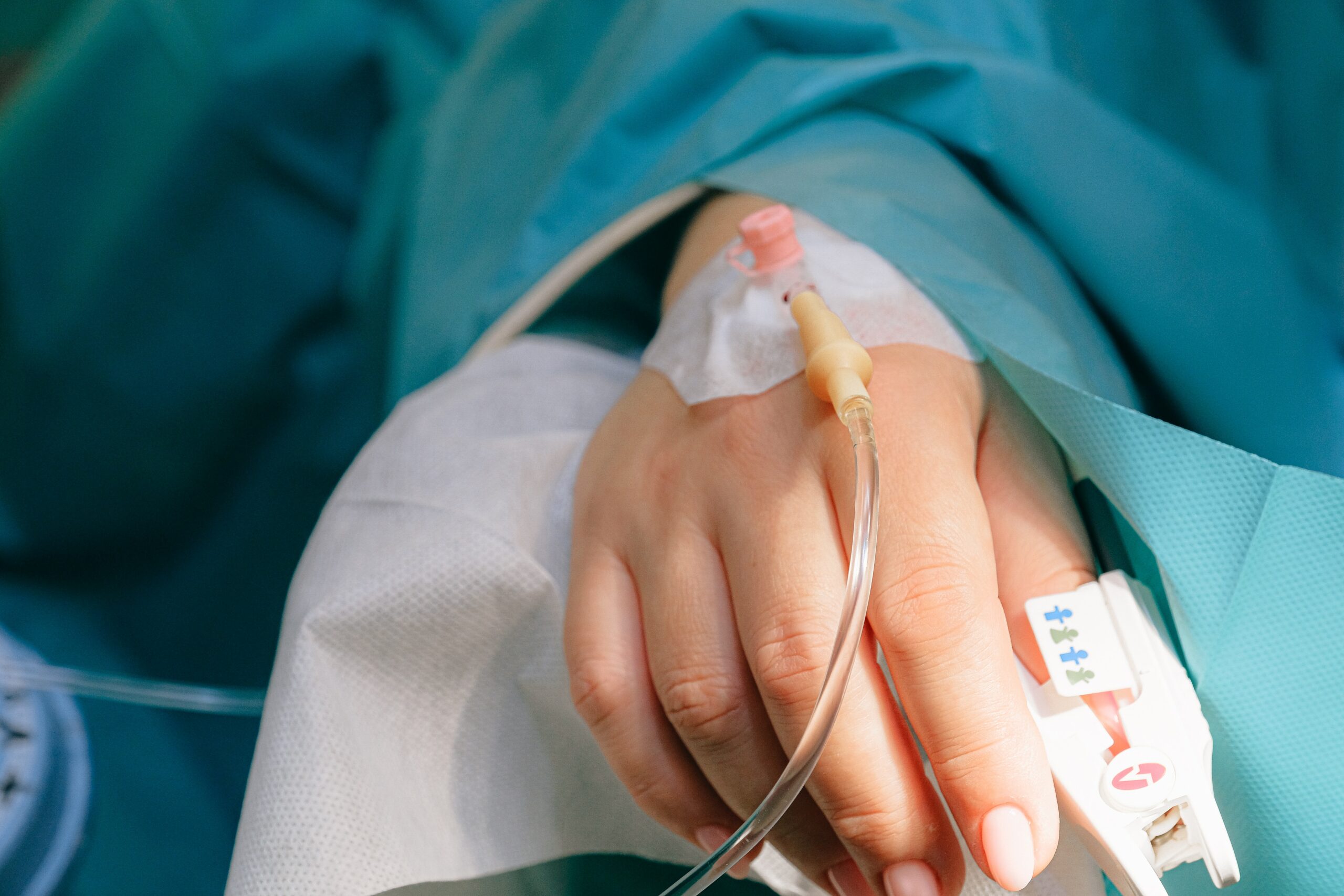
👉 Cancer Cover pays out cash in the event of a cancer diagnosis that necessitates major intervention and treatment.
👉 Cancers that are aggressive are destructive and expensive diseases that leave broken families behind. Appropriate insurance coverage could help reduce some of the financial stress while assuring you receive the finest possible care.
👉 Aside from medical expenses, persons diagnosed with cancer must also consider the possibility of being unable to work in the short or long term. Patients may go into remission only to relapse a year later, resulting in additional health and financial implications.
👉 Comprehensive medical aid plans that cover you both in and out of the hospital typically include unrestricted cancer benefits. This does not, however, imply that all expenses will be covered in full.
👉 Medical aid schemes, on the other hand, pay providers a scheme rate, or in some cases 200 or 300 per cent of the scheme rate. This rate may be much lower than the one charged by healthcare providers, in which case members must bear the remaining expenditures.
👉 More cheap entry-level medical aid packages provide limited cancer coverage, often ranging from R100,000 to R300,000 or more per year. Any further payments must be borne by the member once the maximum has been reached.
👉 Furthermore, plans have the option of not covering the costs of secondary diseases caused by non-treatable, non-PMB tumours.
Understanding cancer coverage in terms of PMBs

👉 If cancer is classified as a PMB condition, a medical aid scheme is required by law to continue paying for treatment at cost, even if the oncology benefit maximum has been met. Consultations, surgery, specialised radiology, blood testing, and chemo and radiation therapy are all covered.
👉 To limit PMB spending, medical aid systems can require beneficiaries to contact specialists and use hospitals in their networks. Members with low-cost medical insurance may be limited to treatment at state institutions exclusively.
👉 Furthermore, each medical aid system only covers medicines listed on a scheme formulary. Entry-level plans often cover just generic alternatives, not more expensive branded medications.
Cancer diagnoses that qualify as PMBs
👉 PMBs are available for cancers of the solid organs that are curable.
👉 Furthermore, whether treatable or not, cancers such as acute and chronic leukaemia, multiple myeloma, and lymphomas must be paid for in full by all medical aid schemes in South Africa, regardless of the level of cover committed to by the member.
Treatable cancer diagnoses
👉 Cancer is considered treatable under the Medical Schemes Act when:
➡️ Only the organ of origin is affected, and the disease has not spread to adjacent organs
➡️ The organ of origin and other life-supporting organs and systems have not been irreparably damaged by the cancer
➡️ There is scientific evidence that more than 10% of people living with similar cancer have survived the treatment for at least five years
An example of cancer coverage: Discovery Health

👉 You have full cancer coverage as a Discovery Health Medical Scheme member. If you are diagnosed with cancer and your cancer treatment has been approved by the scheme, you are covered by the Oncology Care Programme.
👉 Discovery Health cover your approved cancer treatment over a 12-month cycle. This 12-month cycle is individualised depending on when you are diagnosed with cancer.
Oncology and PMBs from Discovery Health
👉 When you use Discovery Health’s designated service providers (DSP), a cancer treatment that is a Prescribed Minimum Benefit (PMB) is always fully covered.
👉 All Prescribed Minimum Benefit (PMB) treatment costs add up to your plan’s coverage amount. Discovery Health will continue to cover your Prescribed Minimum Benefit (PMB) cancer treatment in full if the cost of your treatment exceeds the cover amount.
👉 If your treatment costs more than the cover amount and is not covered by a Prescribed Minimum Benefit (PMB) treatment, Discovery Health will cover up to 80% of the subsequent additional costs, unless the treatment is covered by the Oncology Innovation Benefit or Extended Oncology Benefit.
👉 If you are already a Programme participant, the additional cover amount allotment for 2024 will be prorated based on the number of months remaining in your 12-month cycle.
👉 The quantity of coverage you receive is determined by the plan you select.
Executive and Comprehensive plans
👉 The first R500 000 of your approved cancer treatment
Classic Smart Comprehensive plan
👉 The first R375 000 of your approved cancer treatment
Priority, Saver, Smart and Core plans
👉 The first R250 000 of your approved cancer treatment
KeyCare plans
👉 Your cancer treatment, if it is a PMB, at a network provider or state facility is included in KeyCare Plans
Frequently Asked Questions
Can I join a medical aid if I have cancer?
Most medical plans include cancer, however not all cancers are eligible for the minimum benefits. Cancer is classified into two types: cancer of non-solid organs and systems and cancer of solid organs. Cancer of the solid organs is only a prescribed minimum benefit (PMB) if it is “treatable.”
Does medical aid pay for chemotherapy?
Cancer treatment that falls under the Prescribed Minimum Benefits (PMBs) will be fully covered, with no co-payment required from you or the account holder. This is true if you engage service providers with whom your medical aid programme has a payment agreement.
What is full cancer cover?
There are no time limits with full cancer coverage, and all eligible cancer treatment expenditures are fully covered. If you suspect cancer, you are guaranteed immediate assistance.
Does hospital cover include cancer treatment?
Cancer treatment that falls under the Prescribed Minimum Benefits (PMBs) will be fully covered, with no co-payment required from you or the account holder. This is true if you engage service providers with whom your medical aid programme has a payment agreement.
How much does chemo cost in South Africa?
Cancer treatment is extremely expensive in South Africa, with a research undertaken in 2020 to estimate the cost of chemotherapy in the public sector yielding a staggering R15 774 as the average care cost per patient.
Is cancer a disability in South Africa?
In the case of cancer, depending on the stage, location of the disease, treatment options used, and employee presentation, they may or may not be deemed a person with a handicap under the definition of disability.
Which cancer is the most expensive to treat?
Tracheal, bronchial and lung cancer will be the most expensive, followed by colon and rectal cancer, breast cancer, liver cancer and leukaemia.
What is the goal of any type of cancer treatment plan?
The goal of cancer treatment is to cure your cancer and allow you to live a normal life. Depending on your circumstances, this may or may not be possible.
What is cancer planning?
A detailed plan that includes information on a patient’s ailment, the purpose of treatment, the disease’s treatment options, potential adverse effects, and the projected time of treatment.
How many rounds of chemo is normal?
A course of treatment typically consists of 4 to 8 cycles of treatment. A cycle is the amount of time that passes between one round of therapy and the start of the next. You take a break after each round of treatment to allow your body to recover.

